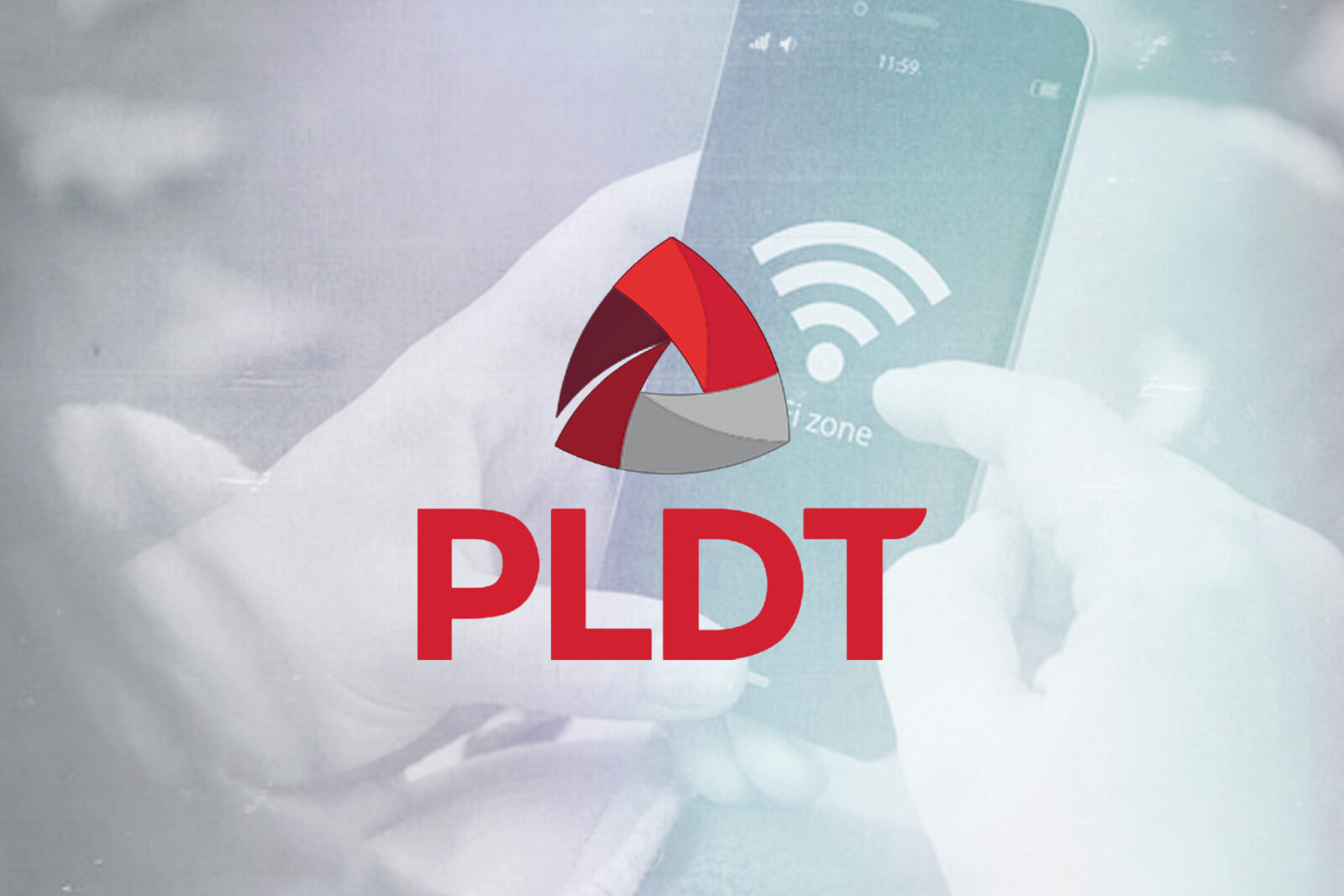PLDT unit, partners enable PH firms adopt AI

The data center arm of PLDT Group has sealed a pact with two global technology leaders to give key sectors access to artificial intelligence’s (AI) full potential without hefty infrastructure investments.
ePLDT said on Monday that it teamed up with Dell Technologies and Katonic AI. They are launching the Philippines’ “first sovereign AI solutions stack” dubbed Pilipinas AI.
Introducing this in the local market will help local businesses to break through challenges in deploying AI, such as complex integration requirements and the lack of AI specialists, according to the firm.
The group also said the service is hosted at its Vitro Sta. Rosa, the first AI-ready hyperscale data center in the Philippines.
The firm hopes to reach sectors, like banking and finance, business process outsourcing, health care, public services and academia. It said that the Pilipinas AI has the capability to detect fraud, provide AI-driven weather forecasting and AI-assisted medical diagnostics, boost customer experience and others.
“By working with trusted, world-class tech partners, we are putting the right foundation in place for Philippine enterprises to embrace AI with confidence. Pilipinas AI gives them access to computing power and advanced tools that help accelerate adoption, streamline operations and drive innovation at scale,” Victor Genuino, president and CEO of ePLDT and Vitro Inc., said in a statement.
Not if, but when
“AI adoption is no longer a question of if, but when. With Pilipinas AI, we are making sure that when Philippine enterprises take that leap, they do so on solid ground,” Genuino said.
ePLDT currently operates 11 data centers across the Philippines. These are in Makati, Taguig, Pasig, Parañaque, Subic, Clark, Cebu and Davao.
In the first six months of 2025, PLDT’s core income inched up by 1 percent to P17.6 billion from P17.3 billion a year ago. Consolidated service revenues also reached P97.1 billion, with data and broadband accounting for 85 percent.





















